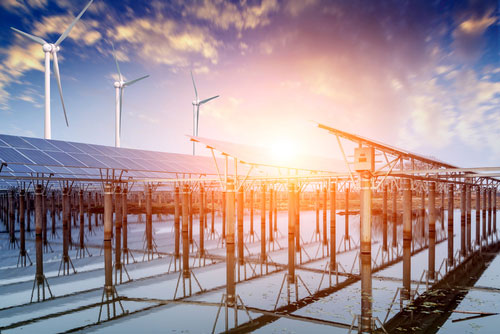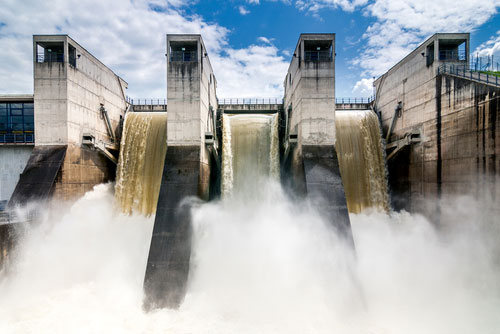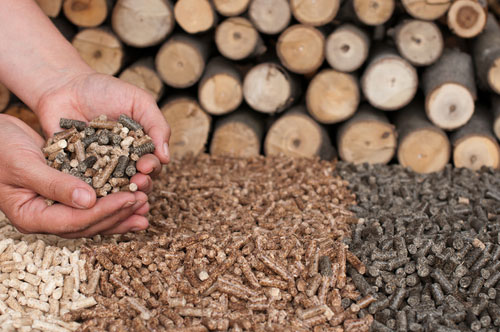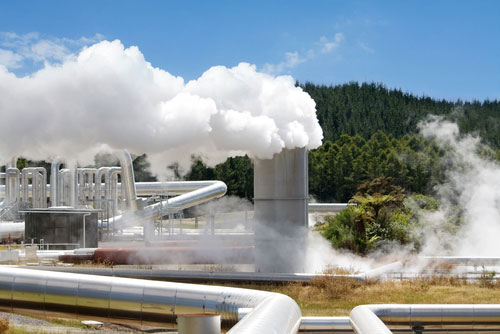Which transport do you want to travel in the future ?
Thanks
Hãy nhập câu hỏi của bạn vào đây, nếu là tài khoản VIP, bạn sẽ được ưu tiên trả lời.


Means of transportation I want to go in the future are flying cars

Where do you want to travel to in the future?
->I want to travel to Japan.

EX / VD:
Do you like traveling?
=> Yes, I do.
Do you want to travel in Vietnam or travel abroad?
=> I want to travel abroad.
which country do you want to visit? why?
=> I want to visit England because I want to know more about countries in the world.

A list of characteristics of independent learners for discussion purposes:
Self-motivated: Independent learners are motivated by their own interests and goals, not just external rewards or pressures.
Self-directed: They take responsibility for their own learning and actively seek out resources and opportunities to improve their knowledge and skills.
Self-aware: They understand their own strengths and weaknesses, learning style, and preferences, and use that knowledge to guide their learning process.
Goal-oriented: They set clear and specific learning goals and regularly assess their progress toward achieving them.
Persistent: They persevere through challenges and setbacks and keep working toward their goals.
Reflective: They regularly reflect on their learning experiences and use that feedback to improve their learning strategies.
Resourceful: They know how to find and use a variety of learning resources, including books, online courses, mentors, and peers.
Curious: They have a strong desire to learn and explore new ideas and topics.
Creative: They think outside the box and find innovative ways to solve problems and achieve their goals.
Collaborative: They work well with others and are open to learning from different perspectives and experiences.

1)To save energy for today and for the future, I'll use the solar energy.Because that is a natural energy.We can also use the reusable shopping bag.
2) In my country,we've got solar energy,wind energy and water energy.
3) I would go to Korea,because it's a beautiful country.
4) I think I must go in the right side of the street.
5) I'll go to school by electric car.

1 . I usually read books while ............ a train
A. on b . over c . in d. at
2 . At 8 pm tomorrow , we ( play ) will be playing tennis together
3 . Solar energy ( use ) will be used by many countries in the world in the future
4. I ( not / come ) won't come home for luch because i am planning to ear out with my friends .
5 . Why should we save energy ?
Because energy isn't free, wasting energy is the same as wasting money and it isn't good for environment, either.
6 . Which transport do you want to travel in the future ?
A vehicle which it knows how to run, how to swim and how to fly.

1. How often do you watch film on TV?
=> Twice a days.
2. What kind of film do you enjoy watching?
=> Romance film.
3. Have you ever seen any cartoon? Which cartoons?
=> Yes . It's Doraemon.
4. Who is your favourite actor? Actrees?
=> My favourite actor is Thanh Duy . My favorite actress is Chi Pu.
5. Which kind of film do you like most?
-> Horror film.
6. Which is the best film you have seen recently?
=> Chang trai cua em
7. Do you enjoy action film? Why?
=> No , because I don't like action film.
8.Tell me three kind of film you've know?
=> Documentary , comedy , thriller ,...
9.How do you feel when you watch a gripping film?
=> I feel excited.
10.How do you feel after you watch a horror film?
=> I feel frightened
12.How far is it from your house to school?
=> It is about 5 metres.
13.How long does it take do you go to school by bike?
=> 2 minutes.
14.Where should you walk across the street?
=> At the zebra crossing
15.Who do you usually go to school with?
=> My friends.
16.Why Should pedestrians wear light coloured clothes in the dark?
=> Because the other road users can see them clearly and avoid crashing into them
17.Should one drive after drinking alcohol? Why or aWhy not?
=> No, he /she shouldn’t .Because it is very dangerous (he/she may cause an accident.)
18.Which means of transport would you like most?
=> Electic bicycle.
19.Do you want to have a driverless car in the future? Why or Why not?
=> Yes, because I don't need a driverto take me to some place.
21.What problem do you think future transport will have?
=> Bad weather.
22.What will you do to save energy in the future?
=> Turn off the TV when you're not watching , take showers instead of baths , don't leave the fridge door open , ...
23.What type of energy will be used in the future ?
=> Hydro , wind , goal , oil , ...
24.What do you do save energy in your country?
=> Turn off the TV when you're not watching , take showers instead of baths , don't leave the fridge door open , ...
25.If you were richs, which country would you like to go to? Why?
=> Korea
27.How do you go to school in the future?
=> I don't know.
28. Do you like watch cartoons? Who is your favourite character?
=> Yes . My favourite character is Doraemon.

Renewable energies (or renewables) are ways to generate energy from (theoreally) unlimited natural resources. These resources are either available with no time limit or replenish more quickly than the rate at which they are consumed.
Renewable energies are generally spoken of as opposed to fossil fuel energies. The fossil fuels’ stocks are limited and non-renewable in the human timescale. The most known examples of these resources are coal, oil or natural gas. On the contrary, renewable energies are produced from renewable sources. Here, we’re talking about energy coming from solar rays, wind or water cycles – all theoreally unlimited on a human scale time.
Renewable energies are also often referred to as “green energies” or “clean energies”. Still, this doesn’t mean that these energies aren’t harmful to the environment and have zero impact. Nonetheless, they have a low environmental impact compared to fossil fuels. That’s why they’re increasingly becoming important elements in companies’ CSR strategies in terms of sustainable development.
There are several types of renewable energies that are produced by different sources such as the sun, wind or water. In fact, these renewables’ power consumption has been growing over the last year. They have provided 8% of the world’s electricity in 2017 and they now cover 1/3 of the power mix in Europe. At the same time, the energy grid gets 1/4 of the total energy in China and 1/6 in the United States, India, and Japan. Let’s learn more about them below.
1 – Solar Energy

This type of renewable energy comes directly from the capture of solar radiation. Here, the solar radiation is absorbed by specific sensors and rebroadcasted following 2 possible operation modes:
Examples of Solar Energy in the World
It’s estimated that in 2017 1,6% of the worldwide generated energy came from solar sources. At the same time, solar power also contributed to 20% of the total energy growth in this same year. Some of the most known sources of solar energy are:
Is Solar Energy Renewable or Nonrenewable?
Solar energy is inexhaustible in the sense that it will cease once the solar system’s star – the sun – dies. However, many people wonder if, from a perspective of human’s being able to capture and use solar energy in the long-term, whether solar energy is renewable or nonrenewable.
[Full answer available soon.]
2 – Windpower, a Renewable Energy
Wind power is another renewable energy. Here, the wind’s kine energy makes turbines spin and creates a mechanical movement. Afterward, a generator transforms this mechanical energy into electricity. There are several types of wind renewable energies: onshore wind turbines, off-shore wind turbines and even floating wind turbines. But the operating principles are basically the same for all these types of wind-generated energy.
Examples of Wind Power in the World
Wind power continues has also been growing, In fact, it provided 4.4% of global power generation in 2017. The highest installed wind capacity belongs to China (164GW). At the same time, in the EU, wind power provides 15% or more of the energy generated in several countries such as Germany, Portugal or Lithuania. Some of the most known sources of wind power energy are:
3 – Hydro-Electric Power

Hydro-electric power consists in the transformation of the kine energy of the water (from rivers, dams, marine currents or tides) into mechanical energy by turbines.
Examples of hydro-electric power in the world
4- Biomass

Biomass is made up of organic materials from plants or animals that contain stored energy. The combustion of these natural materials produces renewable energy. Some examples of generating energy from biomass are:
Related content:
Examples of Biomass Energy in the World
Some of the most known biomass power plants in the world are:
5- Geothermal Power as a Renewable Energy

The Earth generates and stores geothermal energy. In other words, radioactive materials decaying inside the Earth are emitting energy. Electricity can be created using directly or indirectly this energy, depending on the technology implemented. There are 3 main ways to use geothermal energy:
i want to travel the driverless in the future :))
(1sô phương tiên khác:jet pack,flying car,sky safefy system,teleporter ....)